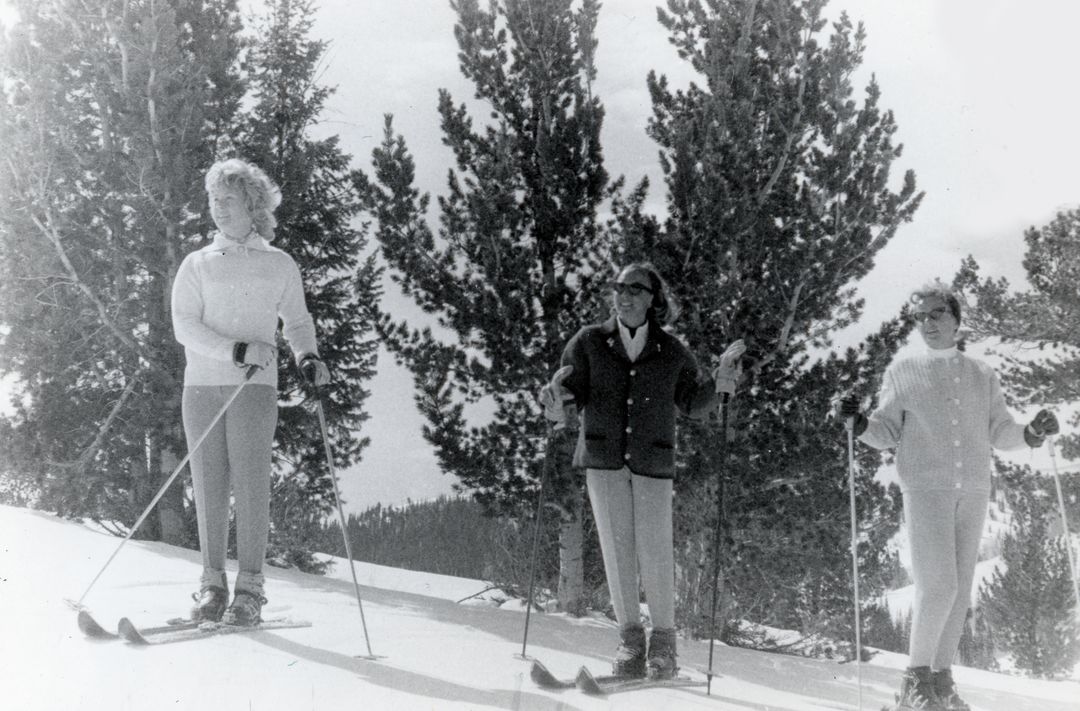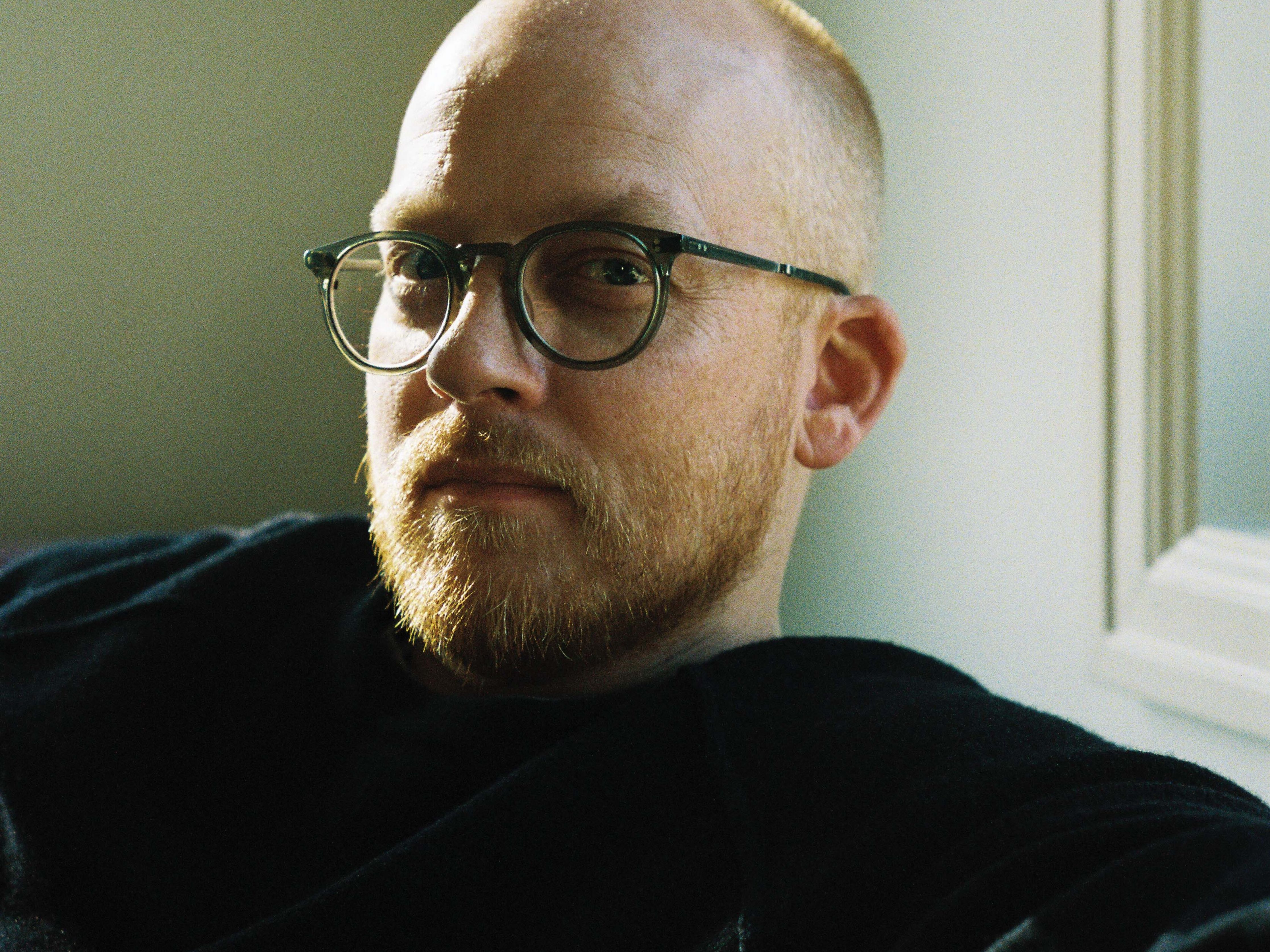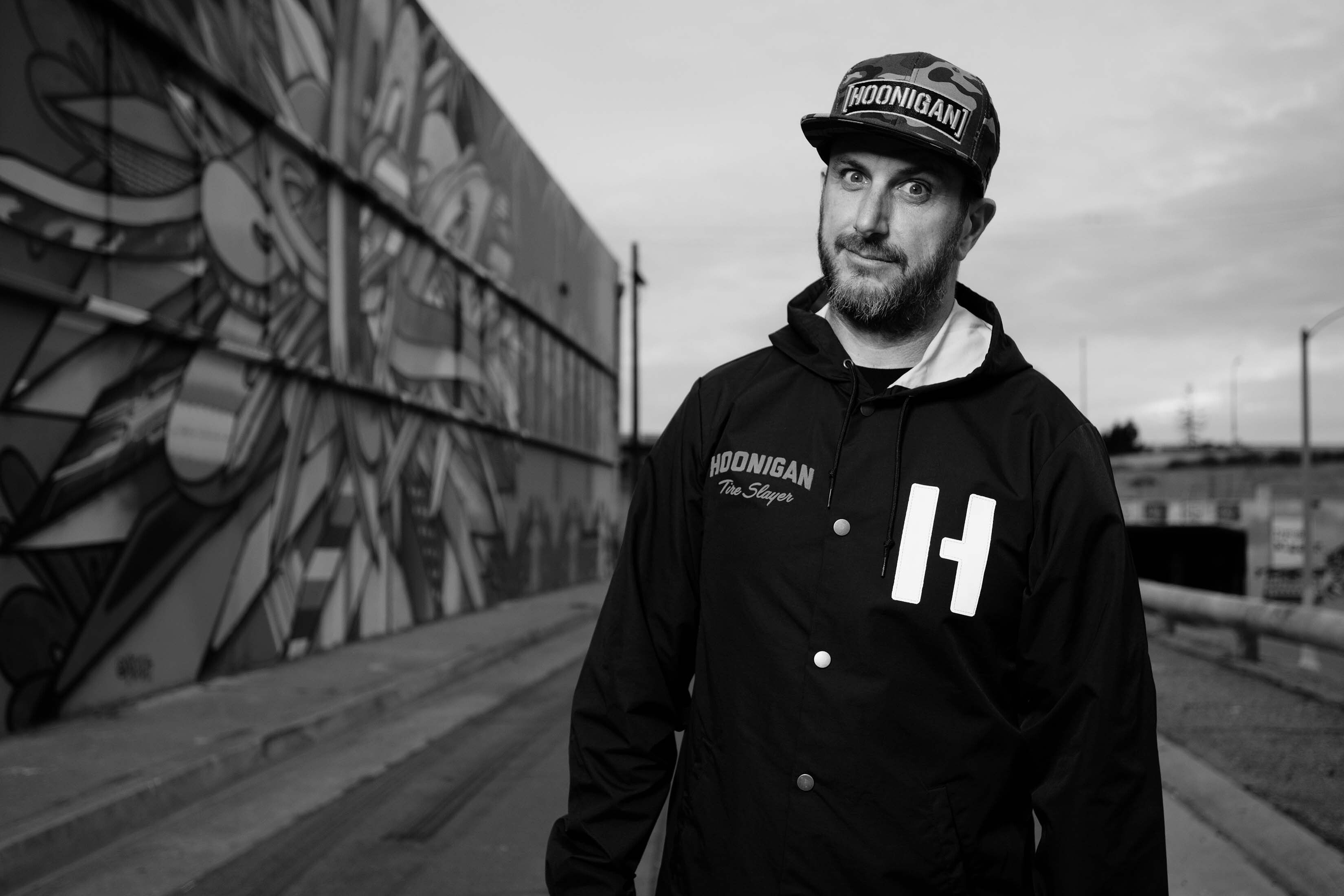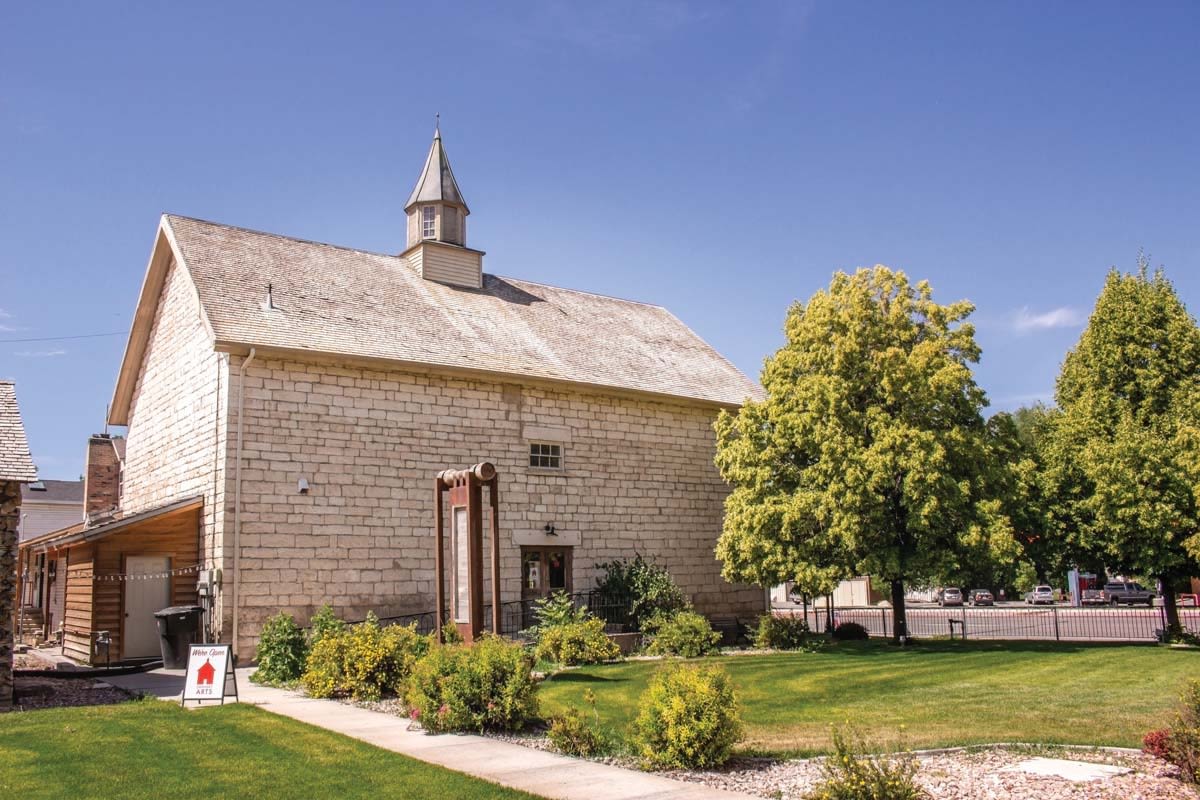From Mines to Main Street

Skiers in the early years of the Treasure Mountain Resort
Image: Park City Museum
When United Park City Mines built Treasure Mountain Ski Resort on a section of its vast mining claims in 1963, the local real estate business was forever changed. The new resort prompted the construction of Treasure Mountain Inn, the first “rental pool” condominium project in the United States, and the revitalization of Main Street’s New Park Hotel into the Claimjumper, along with the opening of a few funky ski hostels. The fact that there was still limited housing for tourists was not an issue at the time, since most skiers were day-trippers from the Wasatch Front.
Enter Edgar Stern, the Sears Roebuck heir, hotelier, and chairman of New Orleans’s Royal Street Corporation, who first visited Park City in 1968. He wrote that Park City was “a run-down but charming little place,” ideal for resort development because of the privately owned mountain terrain, excellent snow conditions, unsurpassed accessibility, and established infrastructure. Stern bought the struggling resort from United Park City in 1970, planning “heavy emphasis on the development of real estate.” He pumped millions into the mountain and kick-started the real estate portion of his vision by building a golf course bordered by 96 condominiums at the base of the ski runs.
Though he got the ball rolling for Park City lodging, Stern really wanted a resort he could design from scratch. In 1975, he sold Treasure Mountain, then went on to open Deer Valley Resort in 1981, planned from the beginning with ski runs intertwining a variety of real estate parcels. Park City’s transformation into a vibrant, world-class destination resort had begun.
Something for Everyone
Some 30 years later, the real estate market here is notable for its diversity. Park City’s historic housing stock, combined with the surrounding mountains and meadows, makes for every type of property imaginable—from miners’ cottages on 25-foot-wide lots to ski-in/ski-out family lodges to sprawling country estates in gated communities. “There is a lot of variety in the product,” says Park City Board of Realtors President Patrick Giblin, “and there are all kinds of ways of expressing your individuality.”
Housing features reflect seemingly every possible interest: wine cellars, multiple garages, gourmet kitchens, model train rooms, art studios, indoor golf, shooting ranges, swimming pools. There is currently a lot for sale with its own ski hill. Properties also come with an enormous range of price tags, from an efficient studio condo at around $50,000 to over $40 million for a palatial, 22,000-square-foot showplace.
At the moment, condos spearhead market activity—as they have done for years. “As we became a world-class destination, about half of our real estate product became keyed to the visitor,” explains Wells Fargo lender Rick Klein. “Condos have different kinds of owners than single-family, and that changes the makeup of the real estate market.” Of condo and single-family sales in the last five and a half years, 57 percent have been condos. As longtime local real estate broker and former city councilmember Bill Coleman puts it, “This town functions as one big lodge.”
But despite the connotation, “condos” doesn’t mean generic sprawl. Park City’s historic-district properties—tightly packed on the steep terrain surrounding Main Street— continue to increase in value and desirability. Owners, developers, and real estate brokers may grapple with the city on issues like restoration, reconstruction, infill, and expansion, but everyone agrees that the legacy of the mining era is an irreplaceable asset that represents the anchor of all Park City real estate. According to former city councilmember and Deer Valley Vice President Bob Wells, “The regulatory process is part of what makes the product so unique.”
Visibility and Privacy
Another attraction for the constant stream of potential new buyers who arrive year after year is Park City’s success as a destination resort. Some folks first learned about Park City during the 2002 Olympic Winter Games and wanted to see the images they recalled from television in person. Many return again and again before finally deciding to become insiders.
When it comes time to close the deal, many Park City buyers choose cash transactions. While 29 percent of homebuyers nationwide pay cash, during the last six months, 50 percent of Park City buyers paid cash. Park City buyers tend to know what they want, and most of them can afford it.
But that doesn’t make them jet-setters; Wells contends that most buyers are family-oriented. “Park City is not really a singles place in terms of real estate,” he says. “Buyers are looking for a place to keep the family together.” And he observes that the many celebrities who have purchased homes here (Johnny Carson, Tiger Woods, and Katherine Heigl, to name a few) are looking for a hideaway.
“They don’t come here to be the center of attention,” Wells says. “They come here out of a desire for privacy.” A place to relax in comfort and style at the doorstep of world-class snow: not a bad evolution for a “run-down but charming little place.”




































